Continued from The Adventures of Paul Kane: Part 14.
The Adventures of Paul Kane: Part 15
Norway House
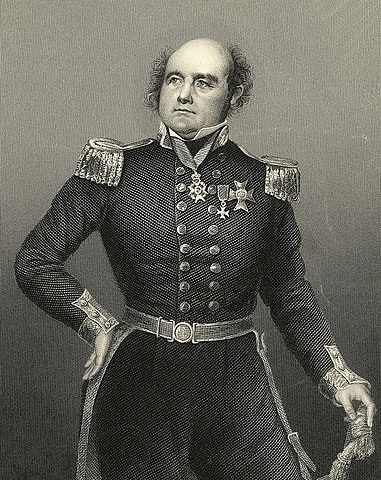
The voyageurs continued down the North Saskatchewan and the Saskatchewan beyond, arriving at Cumberland House on June 10th and La Pas on June 12th. In La Pas, the travellers met with Naval surgeon Sir John Richardson and Orcadian surgeon Dr. John Rae, who were preparing to launch an expedition to the Mackenzie River to search for the ill-fated arctic explorer Sir John Franklin and his crew.
On June 17th, the brigade shot the Grand Rapids, during which they flew past another fur brigade bound for the Mackenzie River, whose members were in the process of portaging their cargo and gear up the banks of the rapids. That night, they arrived at Norway House at the northern end of Lake Winnipeg. Kane decided to remain at Norway House while the rest of the brigade continued their journey to York Factory. There, he encountered Sir George Simpson and other high-ranking HBC officers who arrived for an annual meeting.
Another old acquaintance whom Kane met at Norway house was an ancient Inuit man from Hudson Bay named Ogemawwah Chack, or “Spirit Chief”, with whom he had shared a canoe in the past. Rumour had it that the man was 110 years old. According to one story which Kane heard during his travels, Spirit Chief had only one son whose mother died shortly after giving birth. In order to pacify the bawling infant newly bereft of his mother’s milk, Spirit Chief allowed his son to suckle his own nipple. Miraculously, the Inuit man began lactating, and managed to rear his son entirely on his own.
Before Paul Kane departed from Noway House, the HBC post was visited by Cree warriors from the west who boasted that one of their war chiefs had slain the great Blackfoot warrior Big Snake in single combat. During a skirmish between his own war party and a band of Cree, Big Snake had ridden off alone in the hope of acquiring untended Cree horses. Along the way, he encountered the aforementioned Cree chief, who charged at him with his lance. Raising his war club above his head, Big Snake galloped towards his adversary and received a lance through the heart.
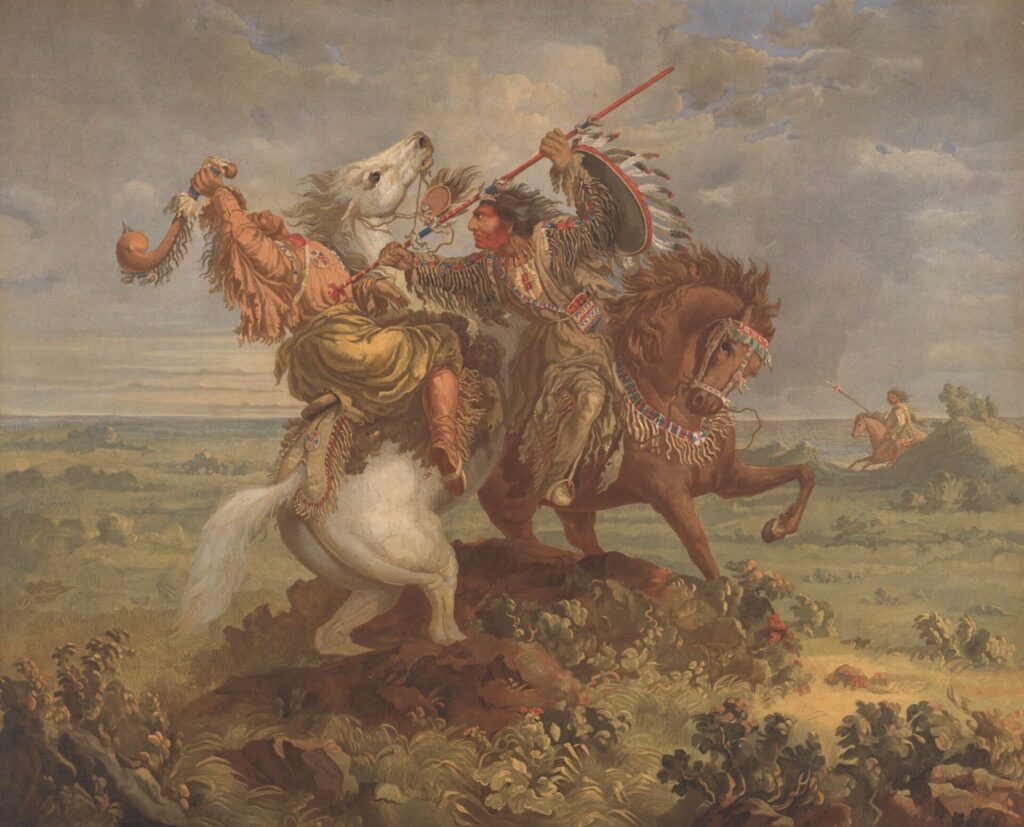
The Shaking Tent
On July 24th, Kane departed with ‘Major’ Donald McKenzie- an old HBC employee and a veteran of the Napoleonic Wars, not to be confused with his similarly-named contemporary who served as the Governor of the Red River Colony- and a company of Indians and voyageurs. The company paddled down Lake Winnipeg, surviving a ferocious gale, and subsisting on skunk and pigeons along the way.
On July 28th, while waiting out a storm on the shores of Lake Winnipeg, Kane’s Indian companions decided to build “a jonglerie, or medicine lodge, the main object of which was to procure a fair wind for next day.
“For this purpose,” Kane wrote, “they first drive ten or twelve poles, nine or ten feet long, into the ground, enclosing a circular area of about three feet in diameter, with a boat sail open at the top. The medicine-man, one of whom is generally found in every brigade, gets inside and commences shaking the poles violently, rattling his medicinal rattle, and singing hoarse incantations to the Great Spirit for a fair wind. Being unable to sleep on account of the discordant noises, I wrapped a blanket round me, and went out into the woods, where they were holding their midnight orgies, and lay down amongst those on the outside of the medicine lodge, to witness the proceedings. I had no sooner done so than the incantations at once ceased, and the performer exclaimed that a white man was present. How he ascertained this fact I am at a loss to surmise, as it was pitch dark at the time, and he was enclosed in the narrow tent, without any apparent opening through which he could espy me, even had it been light enough to distinguish one person from another.
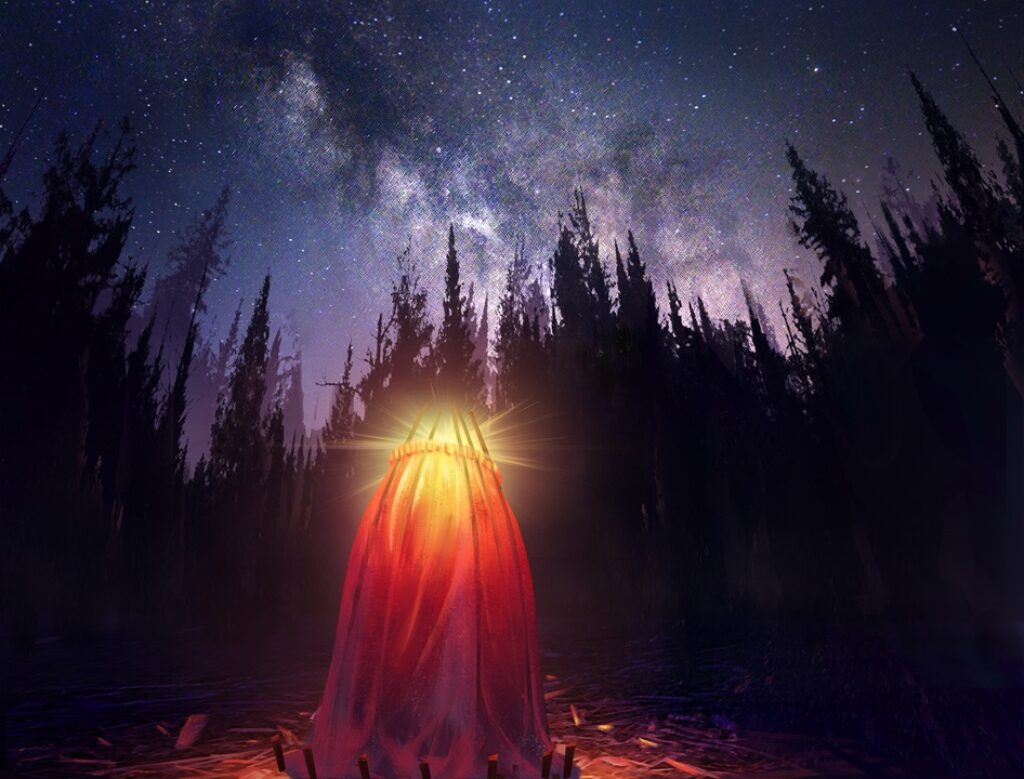
“The Major, who, with many other intelligent persons, is a firm believer in their medicine, told me that a Canadian once had the temerity to peep under the covering which enclosed the jonglerie, but that he got such a fright that he never fairly recovered from it, nor could he ever be prevailed upon to tell what it was that had so appalled him. After about two hours’ shaking and singing, the medicine-man cried out that he saw five boats with the sails set running before the wind, which communication was greeted by the whole party with their usual grunt of satisfaction and assent.
“After this, many questions were asked him by the Indians, some inquiring after the health of their families at home, whom they had not seen for many months. Upon putting the question, the inquirer threw a small piece of tobacco over the covering of the tent, upon which the medicine-man agitated the tent, and shook his rattle violently, and then replied that he saw one family enjoying themselves over a fat sturgeon, another engaged in some pleasing employment, &c. &c. I then put a question to him myself, accompanying it with a double portion of tobacco, for which I got a double portion of noise. I asked about my curiosities which I had left at Norway House (for want of room in our boats), to be brought on by the canoes which had taken up Sir John Richardson on their return, they not being engaged to carry him further than Prairie River. The medicine-man told me that he saw the party with my baggage encamped on a sandy point, which we had ourselves passed two days before.
“However singular the coincidence may appear, it is a fact, that on the next day we had a fair wind, for which the medicine-man of course took all the credit; and it is no less true, that the canoes with my baggage were on the sandy point on the day stated, for I inquired particularly of them when they came up to us.”
Continued in The Adventures of Paul Kane: Part 16.
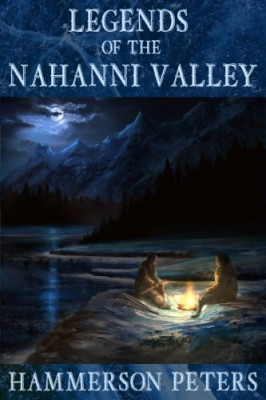
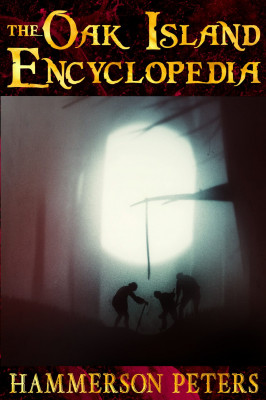
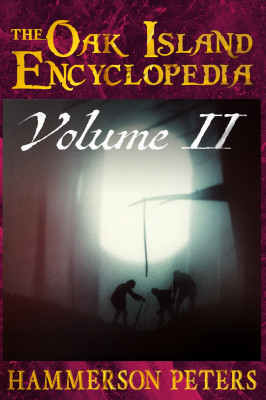
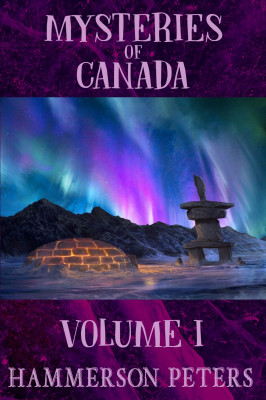
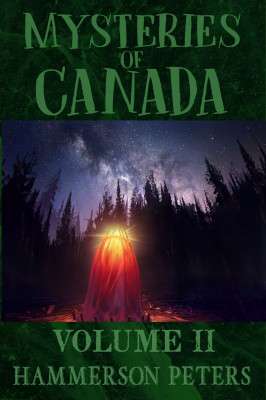
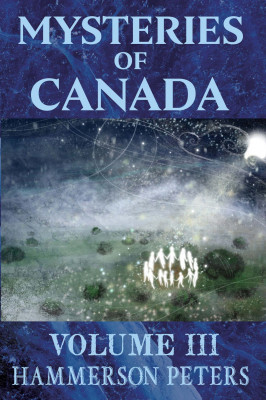
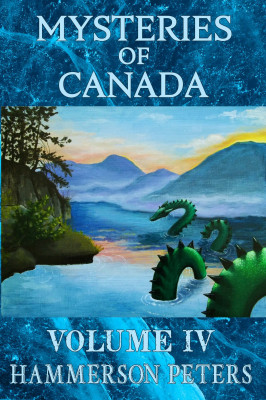
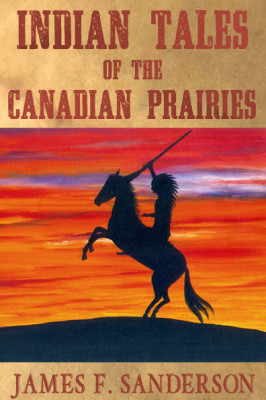
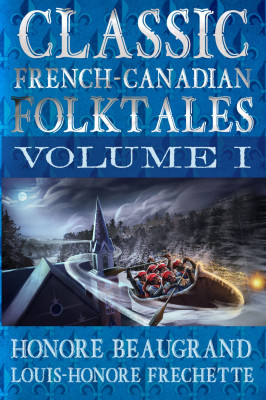
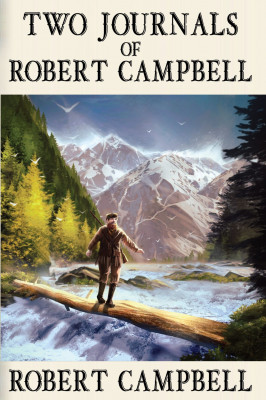
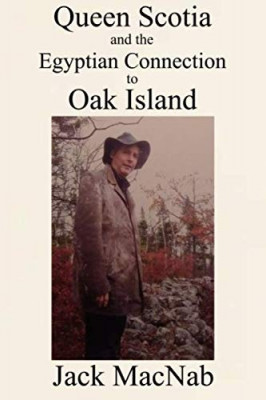
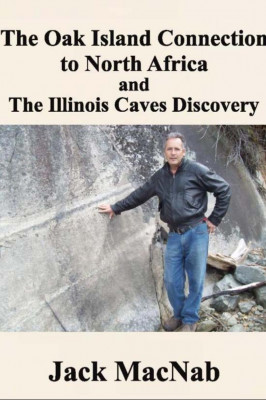
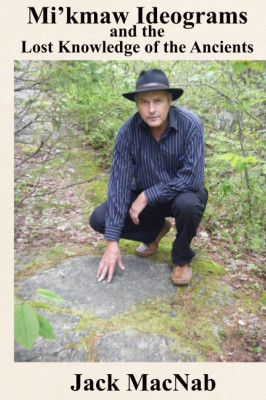
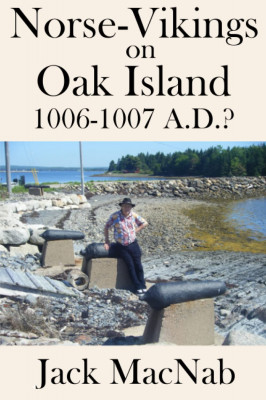
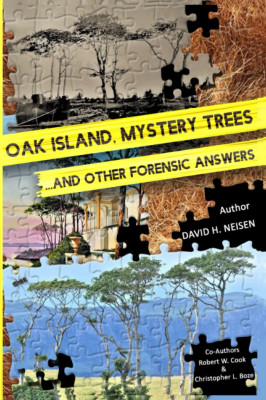
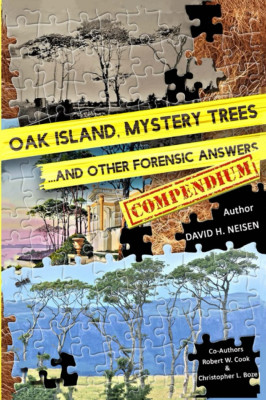
Leave a Reply